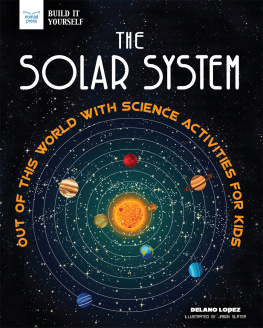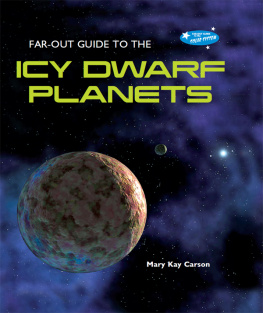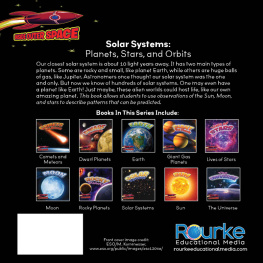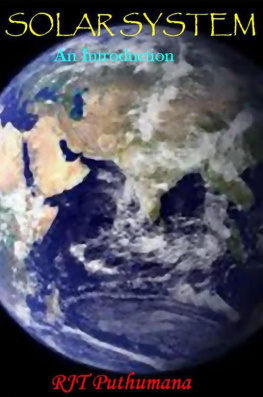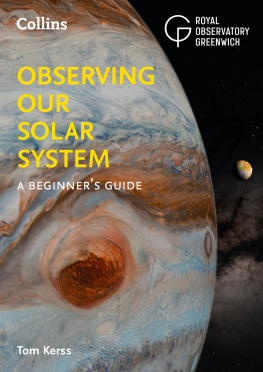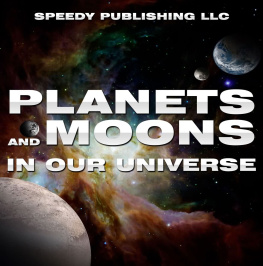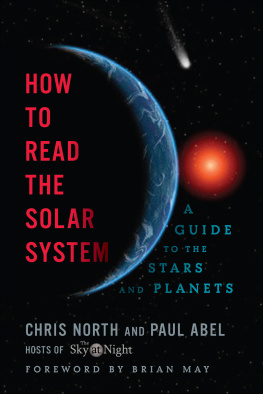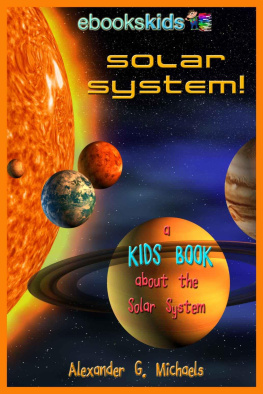Hilary Statum - Solar System for Kids: A Junior Scientists Guide to Planets, Dwarf Planets, and Everything Circling Our Sun (Junior Scientists)
Here you can read online Hilary Statum - Solar System for Kids: A Junior Scientists Guide to Planets, Dwarf Planets, and Everything Circling Our Sun (Junior Scientists) full text of the book (entire story) in english for free. Download pdf and epub, get meaning, cover and reviews about this ebook. year: 2020, publisher: Rockridge Press, genre: Children. Description of the work, (preface) as well as reviews are available. Best literature library LitArk.com created for fans of good reading and offers a wide selection of genres:
Romance novel
Science fiction
Adventure
Detective
Science
History
Home and family
Prose
Art
Politics
Computer
Non-fiction
Religion
Business
Children
Humor
Choose a favorite category and find really read worthwhile books. Enjoy immersion in the world of imagination, feel the emotions of the characters or learn something new for yourself, make an fascinating discovery.

- Book:Solar System for Kids: A Junior Scientists Guide to Planets, Dwarf Planets, and Everything Circling Our Sun (Junior Scientists)
- Author:
- Publisher:Rockridge Press
- Genre:
- Year:2020
- Rating:4 / 5
- Favourites:Add to favourites
- Your mark:
Solar System for Kids: A Junior Scientists Guide to Planets, Dwarf Planets, and Everything Circling Our Sun (Junior Scientists): summary, description and annotation
We offer to read an annotation, description, summary or preface (depends on what the author of the book "Solar System for Kids: A Junior Scientists Guide to Planets, Dwarf Planets, and Everything Circling Our Sun (Junior Scientists)" wrote himself). If you haven't found the necessary information about the book — write in the comments, we will try to find it.
Take kids ages 6 to 8 on a guided tour of the galaxyblast off with the Junior Scientists series
Space is limitlessjust like your imagination! Get ready to take an amazing journey to the stars. Solar System for Kids is filled with fascinating facts, photographs, and illustrations thatll excite your mind and charge your curiosity. Of all the solar system books for kids 6-8, this one teaches you about the birth of the universe and how scientists believe galaxies, stars, and planets came into being. Explore the Sun, planets, dwarf planets, moons, and the asteroid belt in one of the most engaging solar system books for kids.
This standout among solar system books for kids offers tips for spotting constellations, planets, comets, and morefrom your backyard. From navigating the night sky to learning about objects billions of miles away, this book answers curious kids big questions about the universe. Strap in, Junior Scientist. 3, 2, 1... blast off!
This top choice among solar system books for kids includes:
- Universally easyExplore the whole universe with in-depth and easy-to-follow information in one of the most comprehensive solar system books for kids.
- Deep space knowledgeFrom dark matter and black holes to eclipses and moon landings, this book explores every aspect curious kids want to know.
- Bonus materialDiscover even more fun information by using the extensive glossary, sidebars, and in-book activities.
If youve been searching for solar system books for kids, look no furtherthis one has you covered.
Hilary Statum: author's other books
Who wrote Solar System for Kids: A Junior Scientists Guide to Planets, Dwarf Planets, and Everything Circling Our Sun (Junior Scientists)? Find out the surname, the name of the author of the book and a list of all author's works by series.

